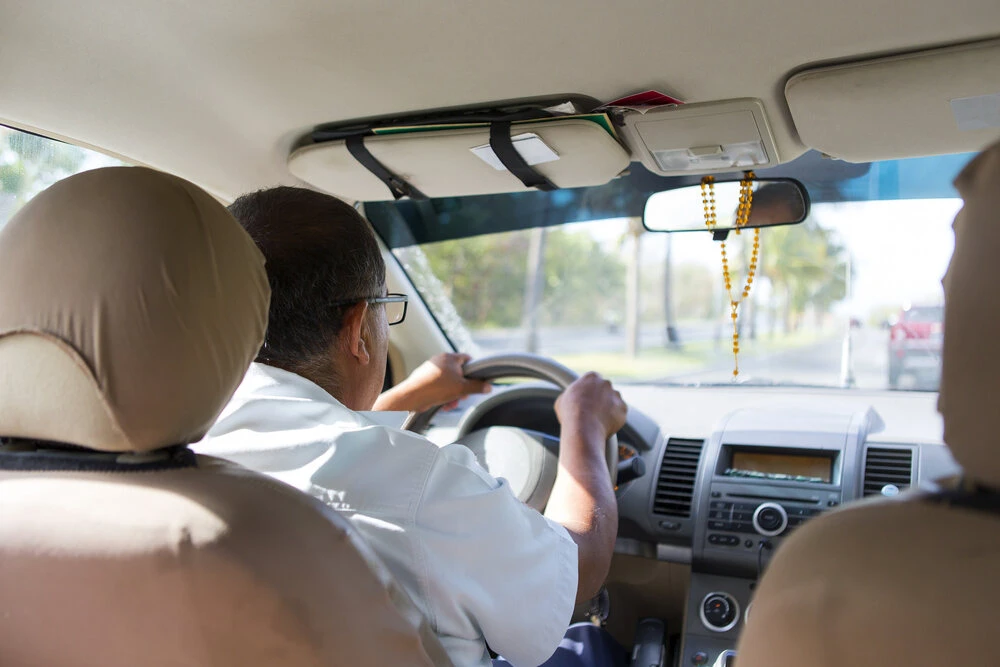Commercial driving is a critical component of the U.S. economy, with truckers and other commercial drivers playing a pivotal role in transporting goods and services across the country. Whether you’re considering a career in commercial driving or need to understand the requirements for legal purposes, it’s essential to know the different types of Commercial Driver’s Licenses (CDLs).
At Holston and Huntley, we aim to provide you with comprehensive information about CDLs to help you navigate the complexities of this field.
Understanding Commercial Driver’s Licenses (CDLs)
A Commercial Driver’s License (CDL) is required to operate large or heavy vehicles in the United States. The types of vehicles that require a CDL include tractor-trailers, buses, tank trucks, and other commercial motor vehicles (CMVs). The Federal Motor Carrier Safety Administration (FMCSA) regulates CDLs to ensure that drivers meet specific standards of knowledge and skills.
Types of CDLs
There are three main classes of CDLs, each allowing the holder to operate different types of vehicles. These classes are Class A, Class B, and Class C.
Class A CDL
A Class A CDL permits the holder to operate any combination of vehicles with a Gross Combination Weight Rating (GCWR) of 26,001 pounds or more, provided the vehicle(s) being towed is heavier than 10,000 pounds. This is the most comprehensive CDL, allowing the holder to drive a wide range of commercial vehicles.
Class B CDL
A Class B CDL allows the holder to operate any single vehicle with a GVWR of 26,001 pounds or more, or any such vehicle towing another vehicle not heavier than 10,000 pounds. This license is typically required for drivers of large single vehicles.
Vehicles Covered:
- Straight trucks
- Large buses (e.g., city buses, tourist buses)
- Segmented buses
- Box trucks (e.g., delivery trucks, furniture trucks)
- Dump trucks with small trailers
Requirements:
- Must be at least 21 years old to drive across state lines (18 within the state)
- Pass a knowledge test
- Pass a skills test
Class C CDL
A Class C CDL is required to operate any vehicle designed to transport 16 or more passengers (including the driver) or hazardous materials, regardless of the vehicle size. This license is necessary for drivers who transport passengers or specific types of hazardous cargo.
Vehicles Covered:
- Small HAZMAT vehicles
- Passenger vans
- Small buses
Requirements:
- Must be at least 21 years old to drive across state lines (18 within the state)
- Pass a knowledge test
- Pass a skills test
- Additional endorsements may be required, such as HAZMAT or passenger transport

CDL Endorsements
Endorsements are special authorizations added to a CDL that permit the driver to operate specific types of commercial vehicles. Some common endorsements include:
- T Endorsement: Required for double or triple trailers.
- P Endorsement: Required for passenger transport vehicles.
- N Endorsement: Required for tank vehicles.
- H Endorsement: Required for hazardous materials.
- X Endorsement: A combination of tank vehicle and hazardous materials endorsements.
Each endorsement requires passing additional tests, and drivers must meet specific requirements and undergo further training.
Steps to Obtain a CDL
1. Meet Basic Requirements
Ensure you meet the minimum age requirement (21 years old for interstate driving, 18 for intrastate), have a valid non-commercial driver’s license, and proof of residency.
2. Obtain a Commercial Learner’s Permit (CLP)
Before getting a CDL, you must obtain a CLP by passing a written test. The CLP allows you to practice driving commercial vehicles under the supervision of a licensed CDL holder.
3. Complete Training
Consider enrolling in a truck driving school or training program to gain the necessary skills and knowledge. While not always required, training programs can significantly improve your chances of passing the CDL tests.
4. Pass the CDL Tests
You must pass both knowledge and skills tests. The knowledge test covers general commercial vehicle operation, while the skills test includes a pre-trip inspection, basic vehicle control, and on-road driving.
5. Submit Medical Certification
You must provide a Medical Examiner’s Certificate to ensure you meet the physical requirements for operating a commercial vehicle.
6. Apply for Endorsements (if necessary)
If your job requires specific endorsements, you’ll need to pass additional tests and possibly undergo further training.
Maintaining Your CDL
Once you have your CDL, maintaining it is crucial. This includes adhering to renewal requirements, staying compliant with medical examinations, and keeping your driving record clean. Violations can lead to fines, suspension, or revocation of your CDL.

Legal Assistance and Support
Obtaining and maintaining a CDL can be complex, and legal issues may arise. At Holston and Huntley, we provide legal assistance for drivers facing challenges related to car accidents, truck accidents, personal injury, or bankruptcy. Our experienced attorneys are here to help you navigate the legal landscape and protect your interests.
For more information or to schedule a consultation, visit our website or contact Holston and Huntley today.

